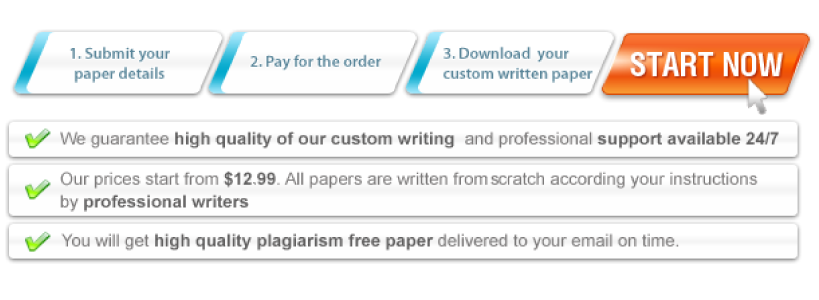Describe the nursing implications of administering these two drugs to a patient with an acute exacerbation of chronic left-sided heart failure (monitoring for and responding to adverse effects, as well as evaluating therapeutic effect).
Study of a case
Mrs Brown, 78, was admitted to the Emergency Department at 6 a.m. after waking up with severe shortness of breath. Her family informed you that the patient had been diagnosed with heart failure two years ago. The following clinical manifestations were observed upon admission to the Emergency Department:
Dyspnea that is severe
24 breaths per minute respiratory rate
On room air, SpO2 is 85 percent.
170/95mmHg blood pressure
120 beats per minute pulse rate
Lung auscultation reveals bilateral basal crackles.
Mrs Brown was hooked up to an ECG monitor, which detected atrial fibrillation. Acute exacerbation of chronic left-sided heart failure was diagnosed.
1. Question (500 words) (Learning outcome 1 and 5) Explain the pathogenesis of the clinical manifestations presented by Mrs. Brown.
2. Question (200 words) (Learning outcomes 2, 4 and 5) Discuss two high-priority nursing strategies for managing Mrs. Brown, as well as evidence-based justifications for these strategies.
3. Question (300 words) (Learning outcome 3 and 5) Mrs Brown was given two medications: IV furosemide and sublingual glyceryl trinitrate.
Discuss how these two drugs work and how they relate to the underlying pathogenesis of an acute exacerbation of chronic left-sided heart failure. And,
Describe the nursing implications of administering these two drugs to a patient with an acute exacerbation of chronic left-sided heart failure (monitoring for and responding to adverse effects, as well as evaluating therapeutic effect).
Provide a reference list in APA 6th Edition format with at least 6 academic references.
Journal articles, textbooks, government websites and reports, and reputable organization websites such as the Heart Foundation (https://www.heartfoundation.org.au/) could all be considered.
Diagram of Concepts (500 words)
The concept map must be generated by a computer.
When researching the topic, make use of the pathophysiology template available on the unit’s vUWS site.
assist you in organizing your data The template will also help you identify key concepts.
as well as their interactions
Titles for concept boxes should include relevant content summarised within the box.
The summarised content may be in point format, with a font size of 10 (Arial or Times New Roman).
be depicted on the concept map
To demonstrate logical reasoning, concept boxes must be linked using lines and linking words/phrases.
relational relationships between concepts
To save space, numbers can be used instead of traditional APA referencing within concepts.
boxes. If you use numbers, you must include a reference list in numerical order that corresponds to the numbers used.
Your references should come right after the concept map.
The concept map relies heavily on critical thinking and creativity. The layout of the map
It must be visually stimulating.




